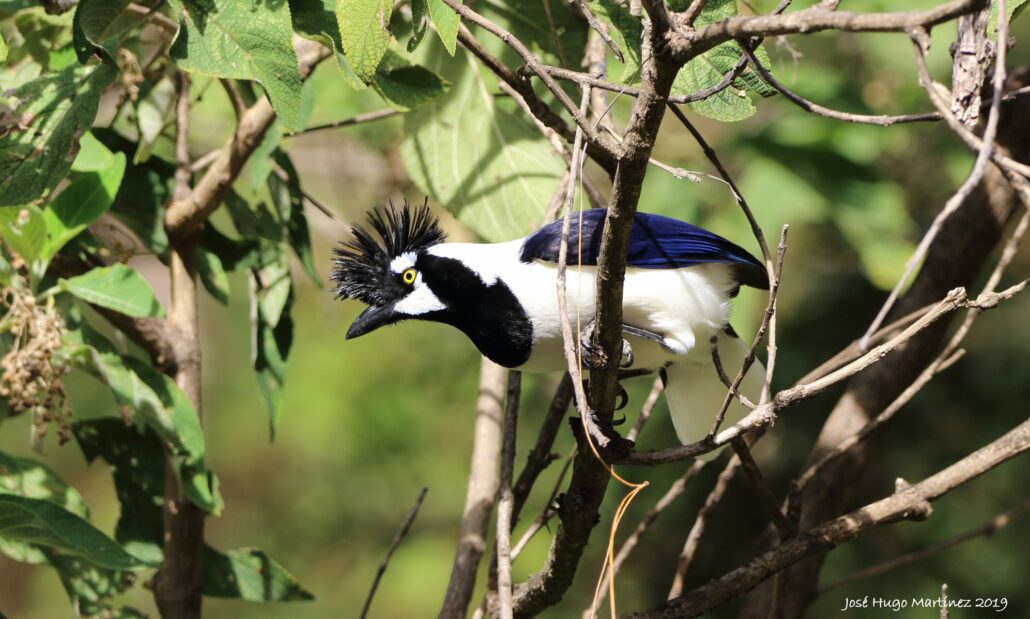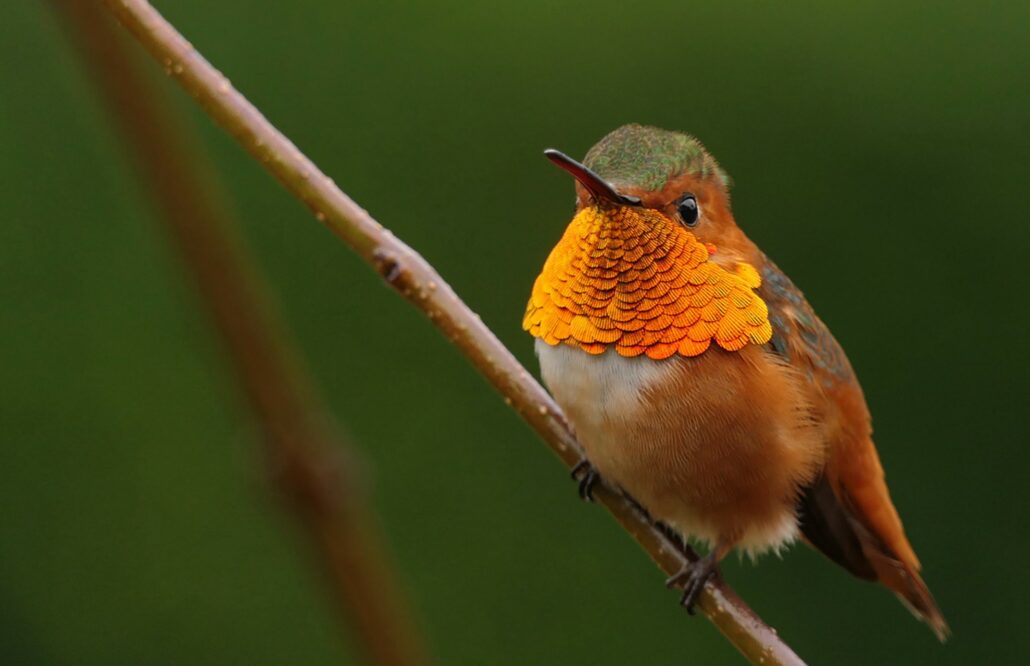Have you ever wondered how bird conservation is coordinated across organizations and spatial scales? OK, maybe not, but imagine for a moment if it wasn’t. At all. Do you think there would be any hope of recovering populations and saving the hundreds of species that are spiraling towards extinction?
With over 700 bird species in the U.S. alone, how do we ensure people working in the United States Fish and Wildlife Service (USFWS) headquarters in Washington DC, or a Bureau of Land Management (BLM) field office in western Colorado, or one of the 50 state wildlife agencies, or the hundreds of Non-Government Organizations (NGOs), universities and private companies across the country all share a common blueprint of conservation priorities? How do we ensure those efforts dovetail across political, cultural and jurisdictional boundaries to maximize our collective impact at biologically meaningful scales? It’s a monumental task that requires advanced planning and coordination.
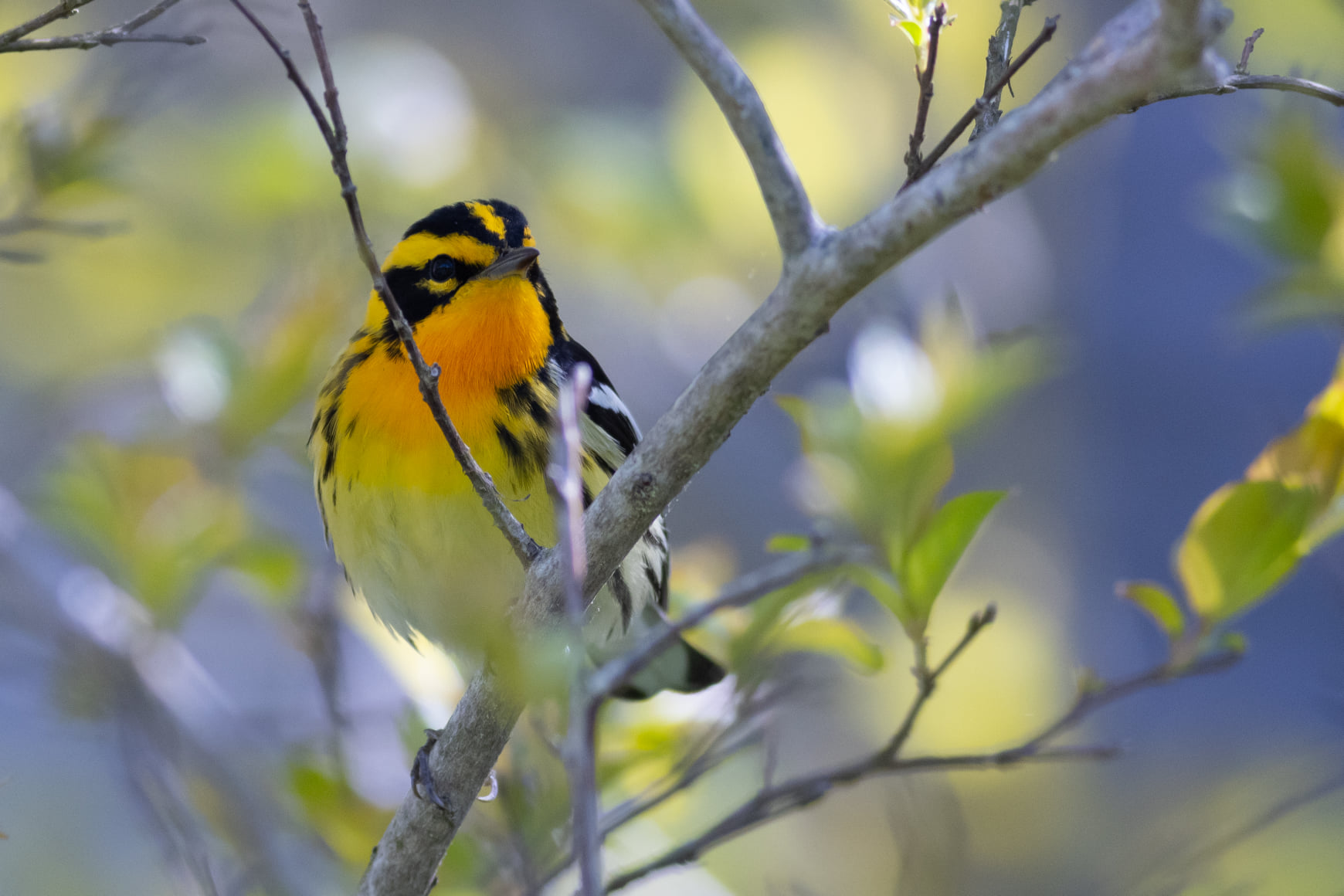
The Blackburnian Warbler is not a Watch List species, due to its relatively large population and stable trend, but it is threatened by climate change and is of concern in some regions due to loss of conifers such as hemlocks. Photo by Tom Johnson
It may sound simple, but deciding what species receive conservation priority and from who, can be a complex and challenging process. Partners in Flight (PIF) recognized the need for an objective approach to identify conservation priorities soon after its founding. They realized the conservation community needed a way to effectively direct limited resources to where they are most needed. A standardized biological assessment and a common repository for these data would help facilitate cooperation among diverse organizations working in different geographies and at different scales. Such a tool would organize common priorities and ultimately increase our chances of conservation successes. Thus, the PIF Avian Conservation Assessment Database was born.
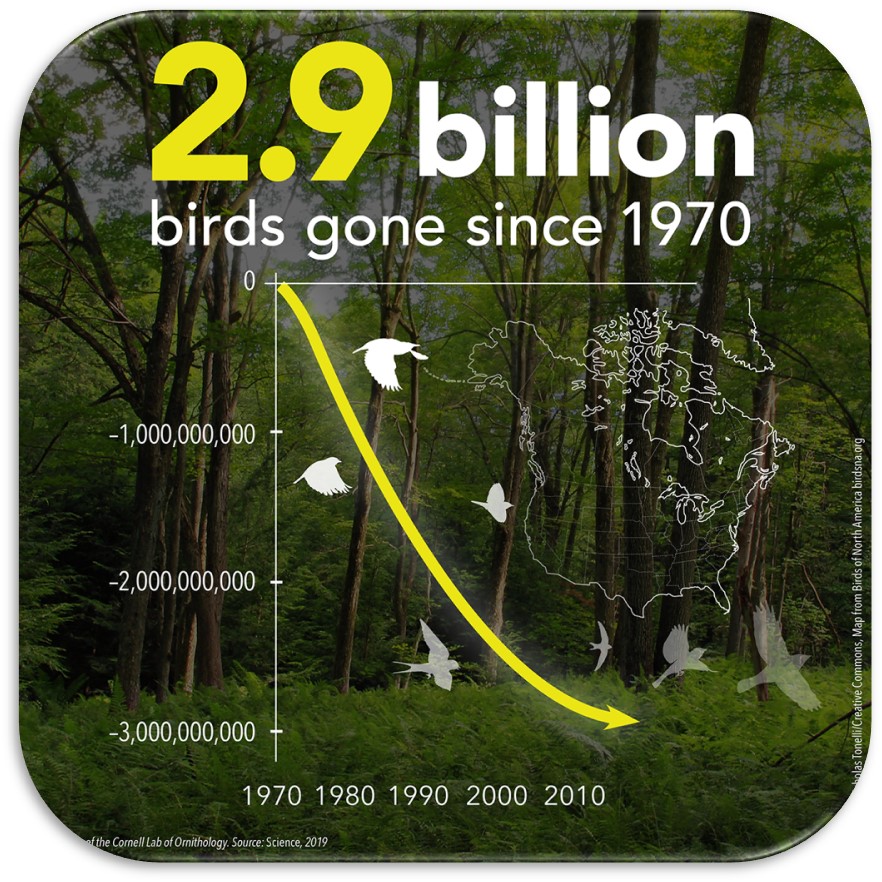
The ACAD was the source of population estimates and trends that demonstrated the loss of nearly 3 billion birds since 1970.
Fast forward 32 years, and the Avian Conservation Assessment Database, or ACAD as it is often referred to, is now the primary tool for documenting the conservation status of North American birds. The ACAD encompasses the latest data on over 1600 bird species from Alaska to Panama. Since its inception, the ACAD has been maintained by Bird Conservancy of the Rockies, in collaboration with the Partners in Flight International Science Committee. Drawing from numerous large-scale, long-term surveys, cutting-edge analyses, digital range maps, and expert knowledge, the ACAD provides assessments of population sizes, trends, threats, and species distributions. The ACAD then combines this information into an overall conservation assessment at both continental and regional scales. Regional assessments further incorporate area importance, as determined by population levels in each region, to emphasize the conservation of core bird populations.
Importantly, the ACAD is the foundation for every PIF plan and Watch List, USFWS Birds of Conservation Concern, numerous State of the Birds Reports, U.S. state Species of Greatest Conservation Needs, Joint Venture priority lists, various funding programs, and even the recent report in Science on the loss of three billion birds from North America. The ACAD is now being used to guide the Road to Recovery (R2R) initiative’s identification of ’Tipping Point‘ species, those with the steepest population declines and needing urgent action.
- The Tufted Jay’s tiny global population is restricted to a small area of Mexico’s Sierra Madre Occidental where it faces an uncertain future, landing it a spot on the North American Watch List. Photo by Jose Hugo Martinez.
- Although still relatively common with an estimated population of 22 million, the Rufous Hummingbird is an Orange Watch List species due to its precipitous population decline, which is ongoing, and high threats on its breeding grounds. Photo by Ken Rosenberg.
The ongoing utility of the ACAD for conservation is possible only because it is continually being updated, improved, and expanded to incorporate the latest data products and analyses. In the latest update, set to be released on May 1, 2024, the ACAD will provide, for the first time, regional conservation assessments for non-breeding species, including transient migrants, in all 50 assessment regions in North America. Previously, only breeding species were considered in regional assessments. This is particularly relevant for southern regions, which host a large number of migrating and non-breeding species, many of which are also in need of conservation attention. This advance was facilitated by the advent of eBird Status and Trend models for over 1200 species, or roughly 75% of all North American birds, that were produced by the Cornell Lab of Ornithology, a key partner of PIF and the ACAD. These models provide a quantitative means of assessing area importance for almost all North American birds throughout the full annual cycle.
Another recent advance is the incorporation of a climate change vulnerability analysis conducted by the National Audubon Society. The vulnerability analysis considers each species’ exposure, sensitivity, and adaptive capacity to climate change using a combination of distribution models and trait-based information. Previously, climate-related threats were only considered in areas likely to be impacted, e.g., along coastlines or in alpine areas. More subtle effects were difficult to systematically evaluate. Now, climate vulnerability has been integrated into the threat assessment for each species throughout the year. Although currently limited to 604 species breeding in the U.S. and Canada, work is ongoing to extend this analysis to Mexico and Central America.
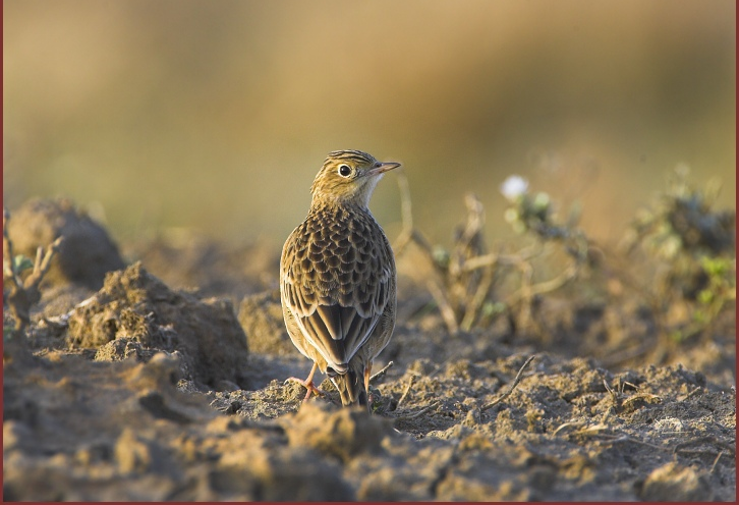
The Sprague’s Pipit is one of several rapidly declining grassland bird species that needs our attention. Photo by Doug Backlund.
Population trend assessments have also been updated through 2021 for most U.S. and Canadian species. These assessments now incorporate both long-term (since 1970) and the most recent (3-generation) trends to better discriminate urgency among species that have experienced long-term declines but have recently stabilized vs. those that are continuing to decline sharply.
For the complete list of updates and changes in the ACAD, and to retrieve the latest conservation assessment for any North American bird, visit the ACAD website after May 1, 2024, and check back often – more exciting changes are on the horizon, including revised estimates of population sizes, global distributions and threat assessments.
 Arvind Panjabi is a Senior Research Scientist for Bird Conservancy of the Rockies.
Arvind Panjabi is a Senior Research Scientist for Bird Conservancy of the Rockies.


